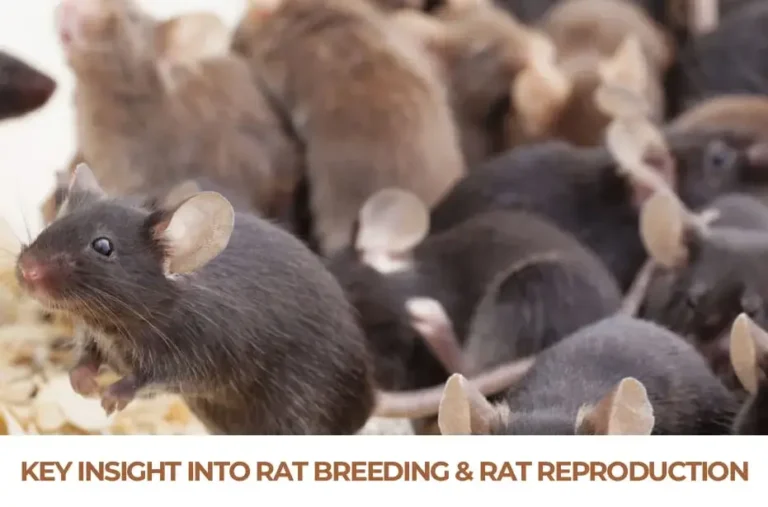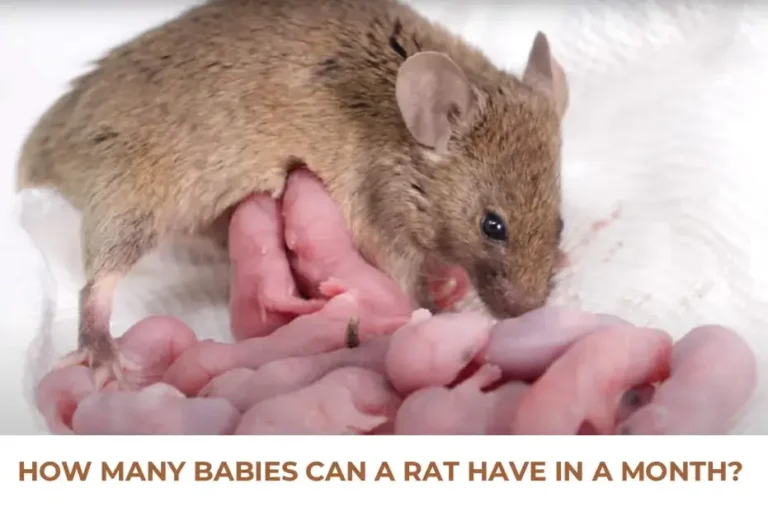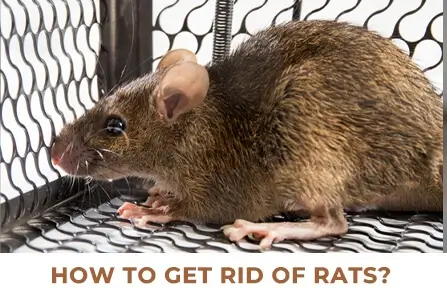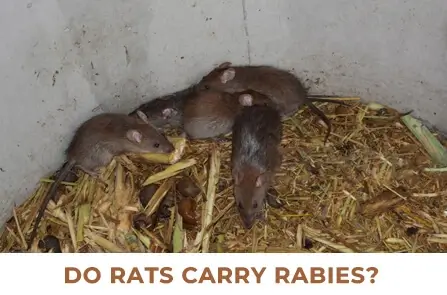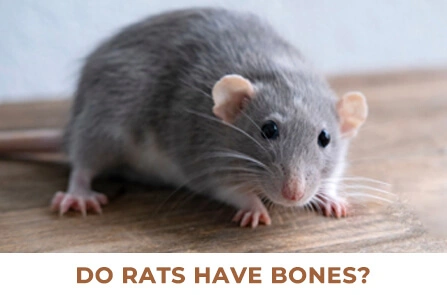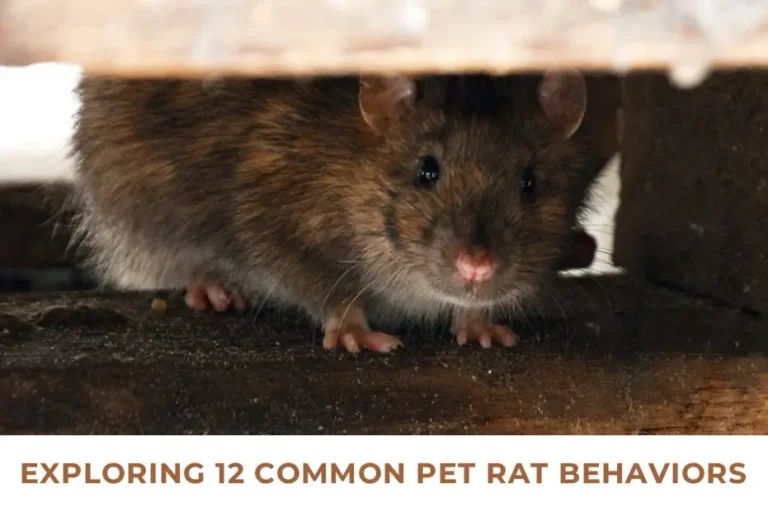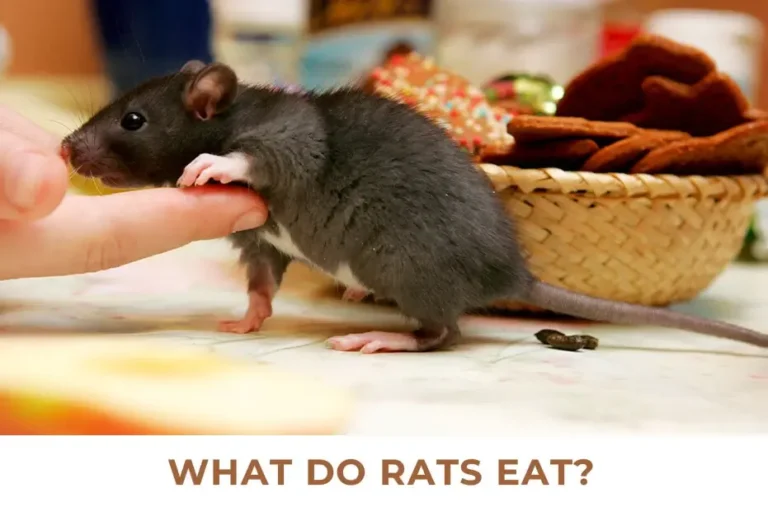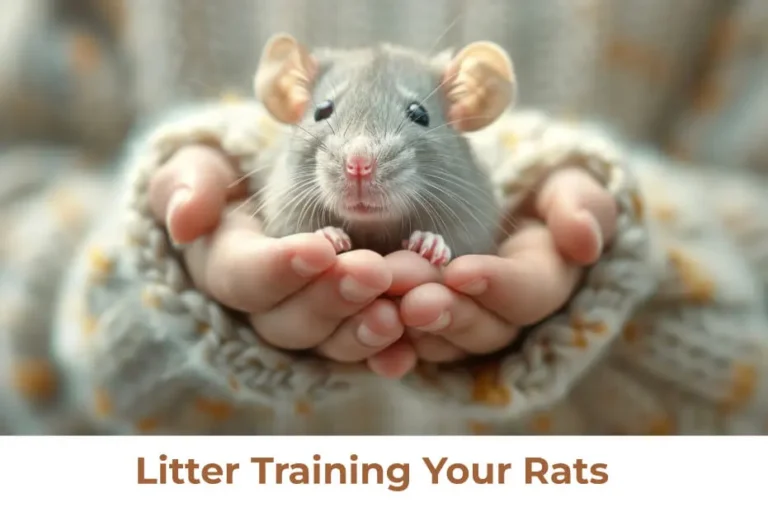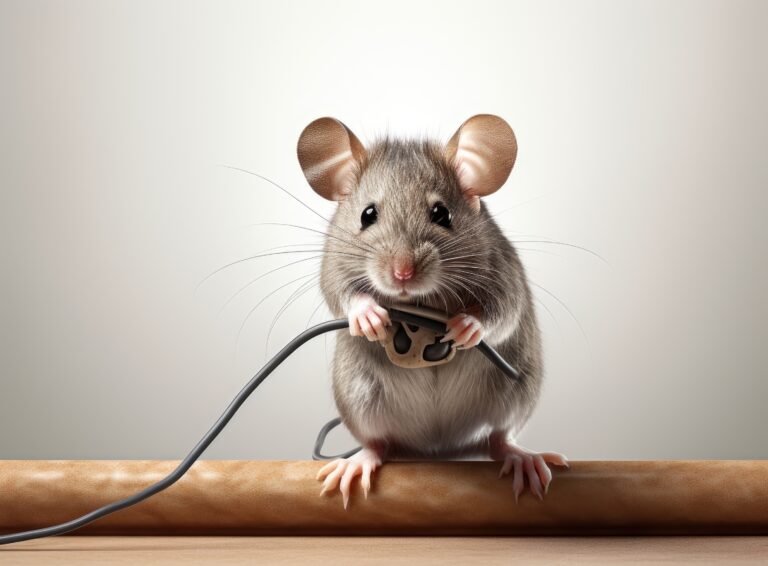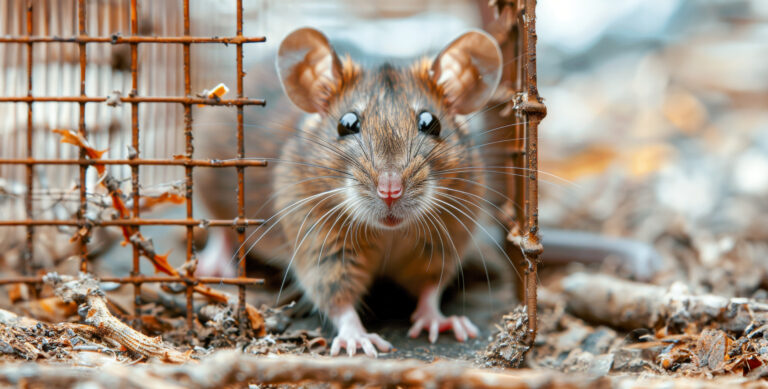How Many Babies Can A Rat Have In A Month?
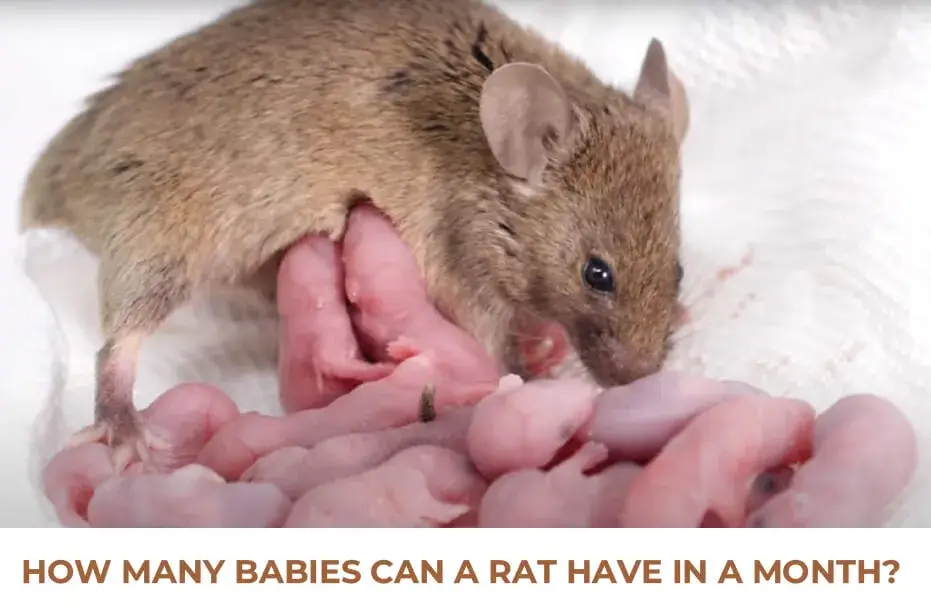
Rats are prolific breeders, producing 6-12 babies in one litter monthly. Because their gestation period is about twenty days, you can see their pups after three weeks of mating. After mating, the first step a female rat will take is nesting. She will need a suitable place to gather materials such as paper, straw, and wood shavings for nesting. Before the birth of their babies, they will gather excessive food to feed their young ones. You have probably seen these rats building a birthing nest in some suitable and quiet place in your living space. This is where a rat will give birth to 6-12 pups in one litter. Let’s move forward and understand how to identify these babies and how they multiply.
learn more: Captivating Facts About Rats
How Rapidly Do Rats Proliferate?
Because rats are prolific breeders, they multiply rapidly and can have many babies in a very short period. Their babies increase every four months because they produce six litters yearly. It has been observed that these rats can produce offspring even when they are hardly one month old. Undeniably, these little creatures can breed throughout the year with access to fresh food, water, and shelter. The number of babies can a rat have in a month varies from 6 to 12, and the number can reach up to twenty.
Caring For The Baby Rats
Like the babies of other rodents, baby rats need proper care and attention. They can quickly get sick if not handled and cared for properly. It is advised to keep rats’ babies in safe, warm, and secure places and feed them until they are old enough to live independently. These young ones are being groomed and nursed by their mothers.
Undeniably, baby rats are born hairless and blind but grow rapidly and become adults in three weeks. During the early stages of their lives, these babies can not live without their mothers because this is when they are most susceptible to diseases. These babies fulfill their nourishment with their mother’s milk, and after the eighth week of their birth, they start eating solid food items. Therefore, it is advised that they keep them with their mothers.
How Many Rats Generally Live Together?
Rats are social and, therefore, grow and thrive in the company of their fellows. They are always found in groups. It has been observed that the laboratory rats live in the company of about 500 rats, while the brown rats are found with one or two fellows. These little creatures have territorial behavior and, therefore, can not bear the entry of other rats into their territory. Their territory size depends upon the food sources and competition for resources.
Recognizing The Baby Rats
Rats have long and pointed tails. Most people know them as dirty, disease-carrying rodents. Because of their strong hind legs, they can dash and jump from one area to another. Rat babies are generally born deaf and hairless. After their birth, they start opening their eyes and exploring their surroundings. To identify the baby rats, it is advised to keep in mind their small size, which is about the size of a golf ball. Remember the dark eyes and ears covered in fur and the white marks on their face? These things will help you to identify the baby rats.
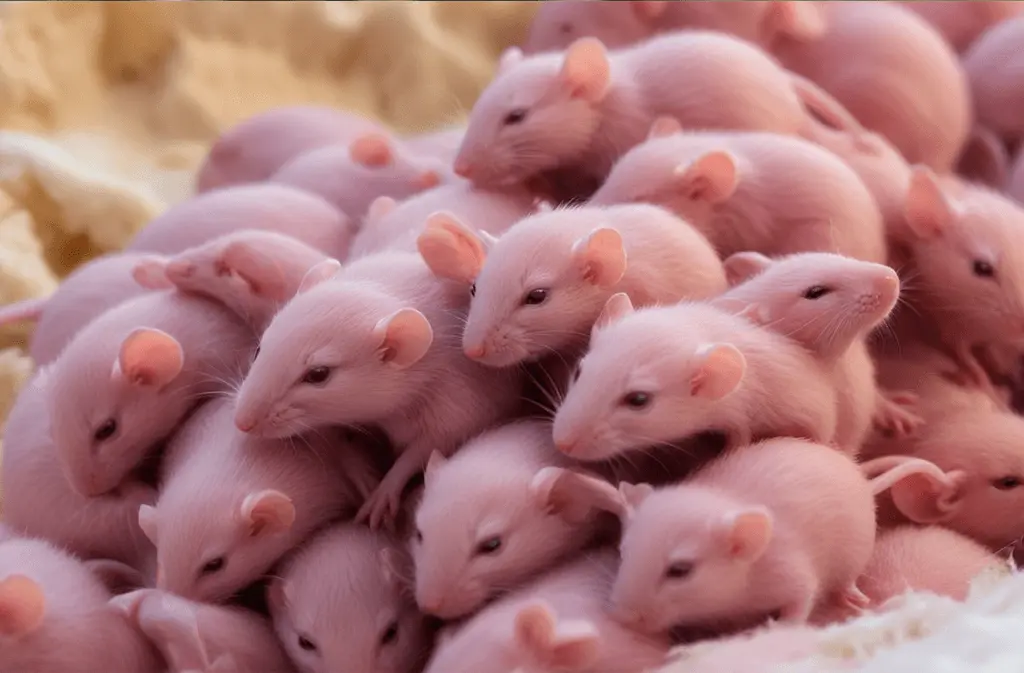
Nest For Rat Babies
The nest of these young ones is known as drey, made from twigs, leaves, and grass. You will find this drey in hidden places, boxes, or baskets in your homes in your home. If you saw these babies in your living space, remember there must be others. The mother of these little ones built a nest in several hidden places and kept changing the location to save the little ones from predators or danger.
Wrapping Up!
If you have pet rats at your home and want to know how many babies can a rat have in a month, then this is the right place. This blog has covered different aspects of these creatures, such as recognizing these young ones, nesting, proliferation, and care. The number of babies a rat has in a month is about 6-12, which might vary and reach up to twenty in rare cases.

Matthew Daviss
Explore the insightful world of rodents with our exciting articles written with expertise and passion by our rodent care specialist, Dr. Matthew Daviss.



